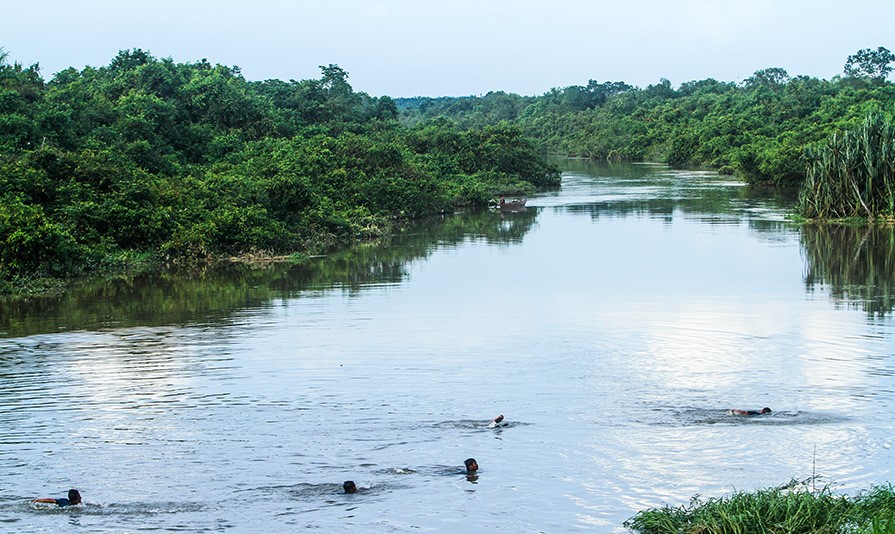THE NEED FOR CRITICAL REVIEW

In 2017, experts also considered that South Sumatra was the right province to be used as a model for implementing landscape governance. This model will be implemented in all provinces in Indonesia later on. From the aspirations of these experts, Sembilang-Dangku Landscape Management Partnership program (KELOLA Sendang) was born.
Sembilang-Dangku is a term for a landscape coverage that covers an area of 1.6 million hectares, covering Banyuasin and Musi Banyuasin districts, with 19 sub-districts and 223 villages. This landscape spread from Sembilang National Park to Dangku Wildlife Sanctuary.
The Sembilang-Dangku Landscape was chosen because there are various of potential natural resources with high economic value. Some of them, there are rubber plantation and oil palm, from the mining sector there are coal and petroleum, then there are still various true mangrove species, to the natural habitat of the Sumatran tiger and Sumatran elephant. Additionally, the Sembilang-Dangku landscape was also chosen because it produce significant amount of oxygen and water supply, effective as a flood & erosion control, and many more.

Peninggalan River that crosses the Sembilang-Dangku area.Source: https://www.salingnews.com/
One of the achievements of the KELOLA Sendang program is the partnership master plan document. The Masterplan itself is divided into two parts, which are the first part from 2018 to 2023, and the second part from 2023 to 2028. On the other hand, the goal to be achieved within the next 10 year deadline is a sustainability of environment & natural resources, and also inclusive economy. How to achieve it?
Reducing greenhouse gas emissions and conserve biodiversity is the answer. Meanwhile, for inclusive economy, it can be done by creating and expanding economic opportunities, while ensuring broad access to these opportunities. Overall, this master plan has two objectives, seven main targets, 19 priority programs, and five collaboration themes. This is stated in the “GLA (Green Livelihood Alliance) Landscape Governance Assessment Criteria and Indicators”.
Entering the third year of KELOLA Sendang implementation in South Sumatra, it was agreed that there was a need for a critical review that could be used as a means of improving landscape governance in that province and in Indonesia. With the assistance from the Dutch Ministry of Foreign Affairs, Green Livelihood Alliance manual methodology, abbreviated as GLA, was chosen. There are four GLA criteria, namely an inclusive decision-making process, a cooperative culture at the landscape level, coordination across actors, across sectors, and across scales, and the last is a sustainable landscape-based mindset and action.
The success in inclusive decision-making process must meet four conditions, which are transparency, participation, equality, and accountability. Meanwhile, for the aspect of cooperative culture at the landscape level, there are also four factors that must be met, which are a sense of belonging and mutual concern, the process of sharing and capacity building, conflict resolution, and resilience & innovation for its sustainability.
Then, in terms of coordination across actors, across sectors, and across scales, there are five success criteria, such as integrated landscape planning, horizontal coordination between technical and jurisdictional sectors, vertical coordination between administrative levels and scales, synchronization with national and international development goals and programs, as well as the coordination between formal governance and governance based on tradition and local wisdom.
Finally, for aspects of mindsets and sustainable landscape-based actions, there are also five criteria that must be met, which are the presence of perceptions and knowledge related to sustainability, the practice of sustainable natural resource management, the existence of supportive regulations, law enforcement, and promotion & dissemination of sustainable management practices. Overall, this GLA method has four criteria and 18 indicators that can be used to measure the success of the method itself. (Steven Chaniago, PR team. Photo: www.researchgate.net).
Source: https://president.ac.id/p/175-feature/detail/1084-kelola-sendang-part-2-of-4-articles
